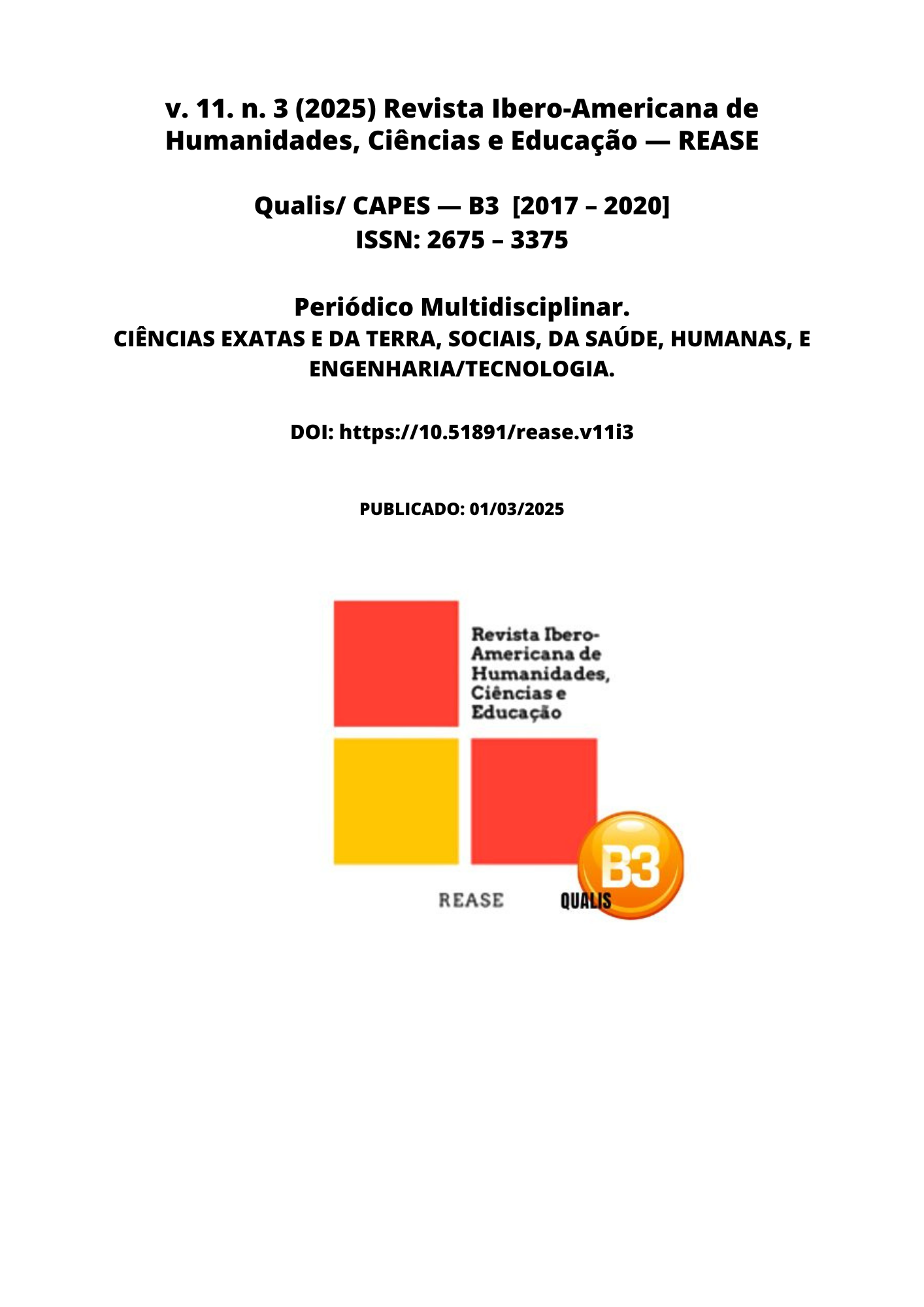SCHOOL INCLUSION IN RIO GRANDE DO SUL
DOI:
https://doi.org/10.51891/rease.v11i3.18307Keywords:
People with special needs. Inclusion. Laws and supervision.Abstract
This article deals with the social inclusion of people with special needs in schools. To this end, the needs, adaptation models and standards that should be most effective were addressed. The study began with research into books, articles and magazines, which together formed the theoretical basis necessary to understand and delve deeper into the topic in question. The methodology applied was exploratory bibliographic research, which made it possible to carry out a critical analysis of the current situation of social inclusion in the country. The results demonstrated the breadth of well-designed standards, with a positioning that is truly capable of changing social reality, bringing about inclusion effectively, however, without any type of supervision, coercion or even awareness on the part of the Union, States and educators.
Downloads
Downloads
Published
How to Cite
Issue
Section
Categories
License
Atribuição CC BY

